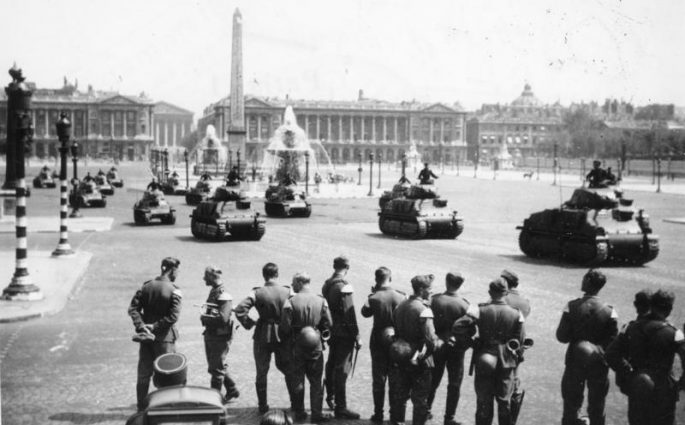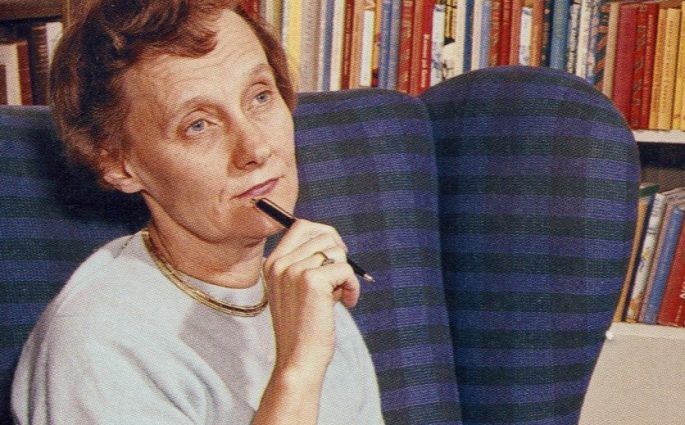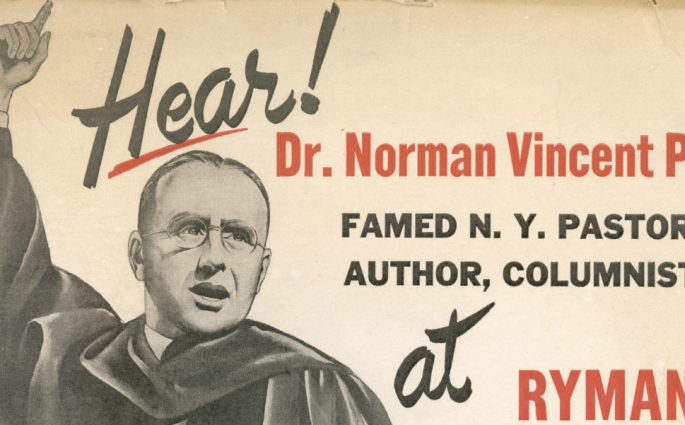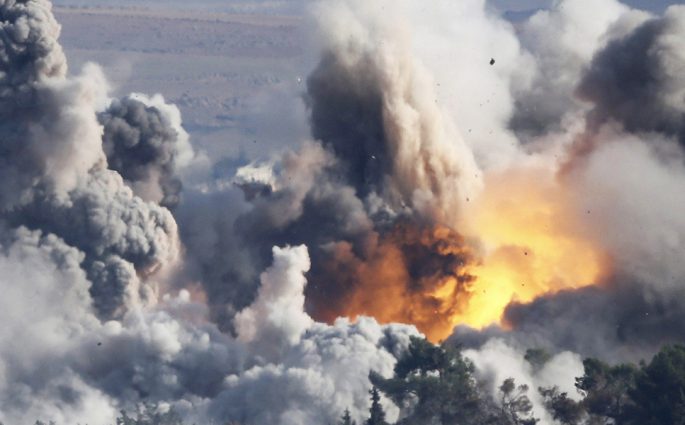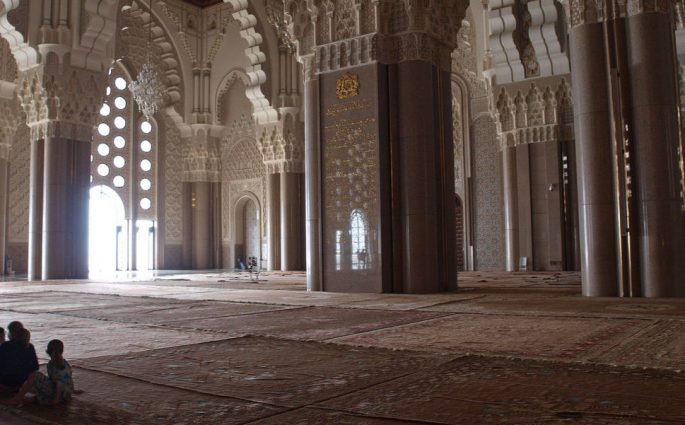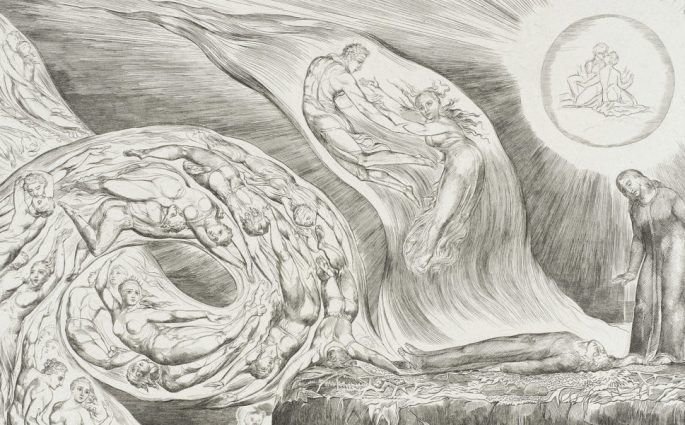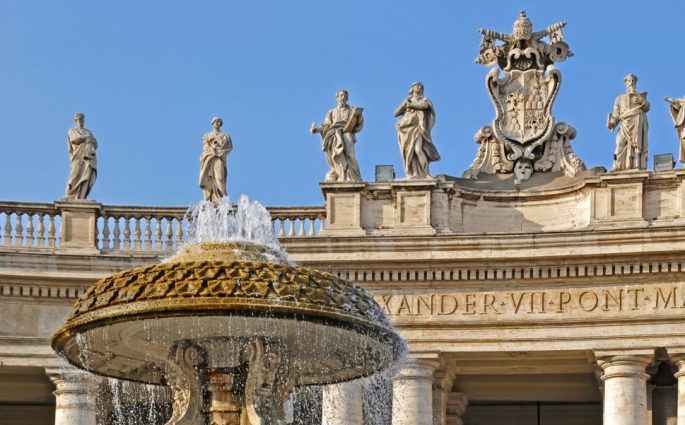From Sinophobia to Sinophilia
Albert Wu— Consider the following stereoscopic photograph, taken by the famous travel photographer James Ricalton in 1900 and published by the popular distributor Underwood and Underwood in a box set called China Through the Stereoscope. On first glance, the photograph appears to be a typical example of orientalist travel photography


